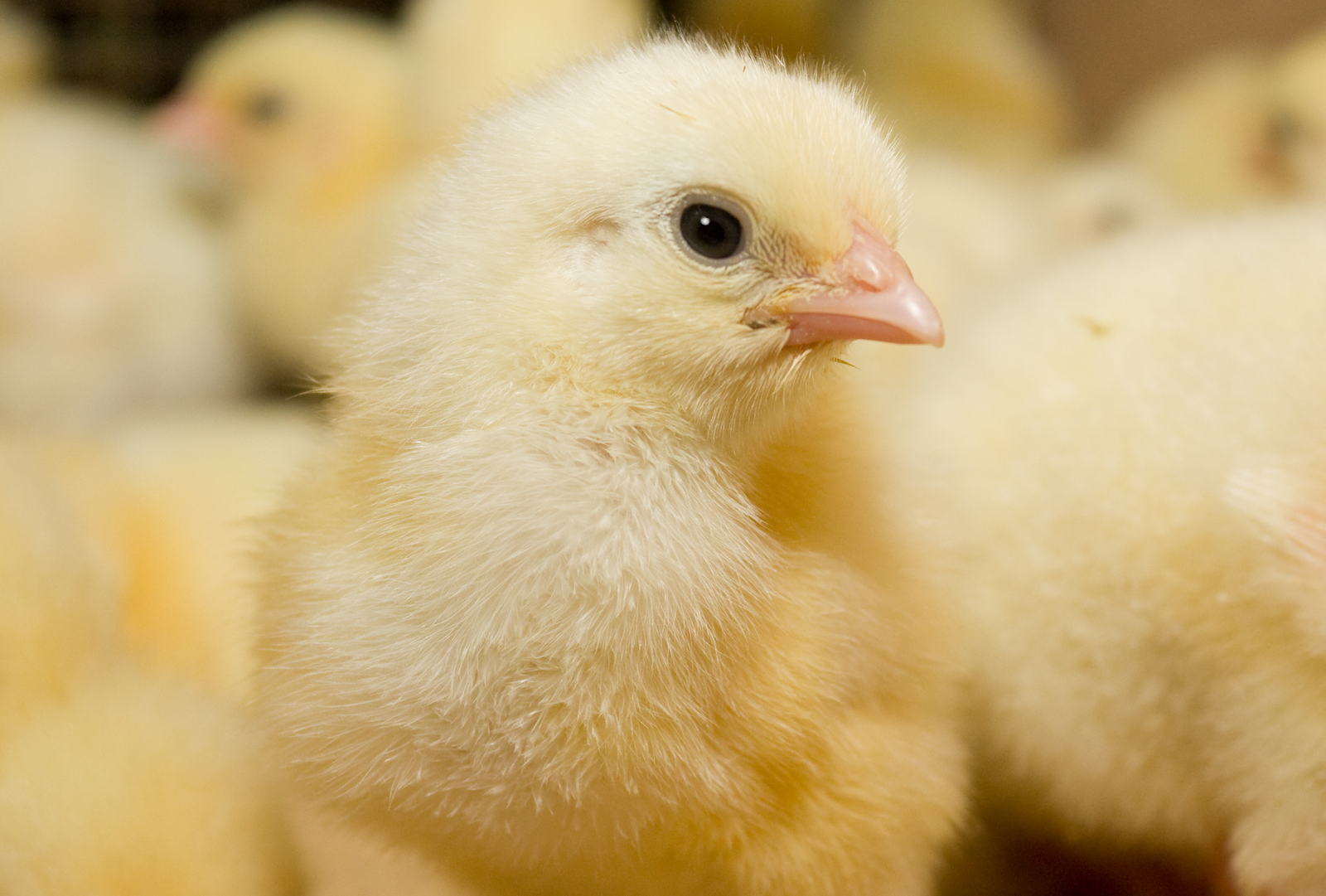Formulating with non-linear nutrients

A non-linear methodology helps nutritionists formulate diets that are closer to true animal requirements. The non-linear nature of dietary fat inclusion in broiler diets is the example used in in this article.
Traditionally, feed formulation is achieved through the use of linear programming (LP). LP is an effective and powerful tool, but all of its outcomes are based on the assumption that the data used is both linear and additive. There are numerous examples in animal nutrition in which this is known not to be true. Format International has incorporated a non-linear methodology into its feed formulation system* to solve what is known as the “convex” problem. This allows complex multi-dimensional models to be added into a standard least-cost feed formulation programme, meaning that nutritionists now have a flexible means of dealing with the non-linear nature of nutrient inclusion in animal diets. This methodology has the potential to save money, yet more importantly, it will allow us to formulate diets that are closer to true animal requirements. The only limit, for which parameters can be considered, will be determined by the imagination of the nutritionist and the rigour of the equations used.
Dietary fat inclusion as an example
In order to create a non-linear function, some form of response data are required. The non-linear nature of dietary fat inclusion in broiler diets is the example used here, but the non-
linear nature of phosphorus yield in response to dietary phytase inclusion is also topical. To create a non-linear function, meaningful mathematical models for the nutrient(s) under consideration must be built. The freedom to define non-linear equations means that there is a danger that the user will expect a solution in an area that is either mathematically in-feasible or unbounded. Thus, the equation should model the behaviour of the nutrient for the range of input values to be used. It must be smooth and continuous and the argument cannot become negative.
It has long been believed that the addition of fat to poultry diets results in a so-called “extra caloric effect”. This may well be true when small amounts of fat or oil are added to the diet, but the reality is that, as the inclusion of oil into the diet increases, so its energy contribution decreases. The estimated adjustment for fat inclusion is shown in Table 1. Taking the non-linear nature of fat addition into consideration, the use of traditional LP leads to the classical nutritionist’s dilemma. We don’t know how much energy to ascribe to the fat until we know the level at which it will be included in the diet, and we can’t formulate the diet until we know what the energy level of the fat is. LP considers cause and effect simultaneously and, with the inclusion of a non-linear correction for fat energy contribution (Table 1), we can overcome this issue.
The formulation model used
The model included in the feed formulation system is ME Correction (MJ/kg) = ((8.575 – 0.000134 f3 + 0.0161 f2 – 0.680 f)) X f/100)), where f = the g/kg of added fat. For formulation purposes, the energy correction is the product of the energy correction factor (as determined by the model) and the percentage of fat added to the diet. An adjustment is required to convert the result from g/kg to the percentage of inclusion in the diet, which is how LP constraints are usually expressed. The correction factor is then subtracted from the energy ME constraint of the feed specification. The model was validated using a standard broiler grower diet. A “least cost” diet was formulated using Soya oil with an energy level of 36 MJ/kg. Then different exercises were carried out using the non-linear model (Table 2) to explore increasing levels of added fat. The optimal cost derived by the non-linear model is lower than that of the standard LP solution. It is easy to understand that, if you ascribe a higher energy value to added oil, then less of this expensive ingredient will be used and there will be a concomitant saving in cost.
The moment an LP is artificially restricted by adding constraints, the cost of the solution increases. It can be seen, for example, that when less oil (5 kg/ton) or more oil (15 kg/ton) than the optimal inclusion is used, then the cost of the diet rises. As the inclusion of fat is forced upwards, the cost of the diet continues to escalate, which is how we would expect a feed formulation programme to behave. In order to demonstrate that the mathematics of the non-linear solver is correct, an exercise was carried out in which the amount of fat was fixed at 5 kg/ton and then the specification of the diet was manually reduced by 0.278 MJ/kg, as calculated by the equation above. The cost was identical, but the ranging value (an indication of the value of an ingredient) was different, indicating that the non-linear method accorded the fat a higher value when used at low levels, as was expected. When a constraint of 5kg per ton was applied (less than the optimum), the maximum ranging value was higher than the standard.
Conclusion
Mathematical models provide guidelines to managers for making effective decisions within the state of the current information or for seeking further information if current knowledge is insufficient to reach a proper decision (Bradley et al., 1977). This means that models do not have to be “correct” or “perfect”, yet they should be better than the approach they supersede. With this non-linear solving capability, nutritionists now have a very flexible means of dealing with the non-linear nature of nutrient inclusion in animal diets. This will allow us to re-evaluate the way in which diets are formulated. It may bring about some savings in feed costs and additionally has the advantage of making animal performance more predictable.
*Single-Mix®, References are available on request.











